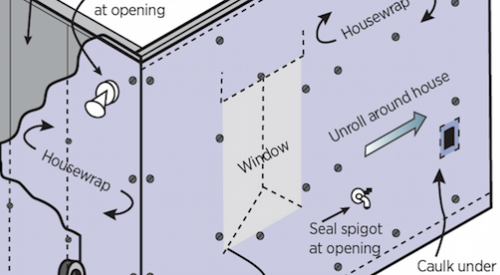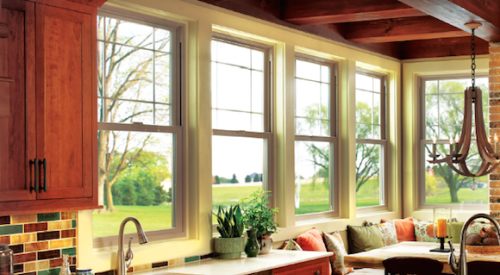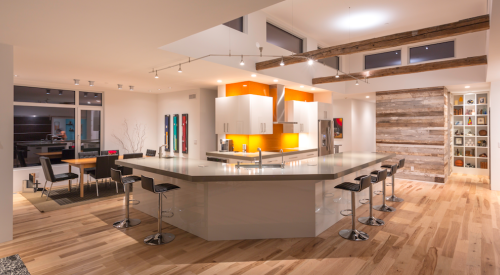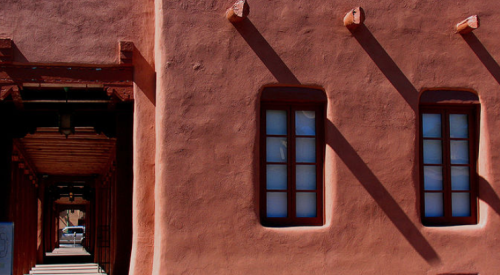Window film isn’t touted as much for energy savings as today’s high-performance windows, but it does offer that benefit, and more. The product has residential as well as commercial applications. Illustration: Madico Window Films
Window film isn’t a new product, but you could say it’s a well-kept secret. Along with other benefits, it’s a proven energy saver. DI asked Mike Byrd of Madico Window Films, in St. Petersburg, Fla., why window film is a good option for remodels as well as new construction.
DI: How long has window film been around?
Mike Byrd: Window film has been on the market for around 45 years. It started off as dyed film and highly reflective film for energy conservation, and has evolved into a much more aesthetically appealing and higher performing product. The films designed for residential use are called architectural films.
Since different climates, concerns, and energy codes apply in different parts of the country, builders often have to spec a certain window to be used in new construction. But sometimes, after the homeowners move in, they find that the specified windows aren’t really meeting their energy and comfort needs. That opens up the opportunity for window film to be used as a retrofit.
DI: What are the benefits of using window film?
Byrd: On average, there is a 20 to 25 percent reduction in energy costs when window film is used on a home. It screens out ultraviolet (UV) rays, which are the main cause of fading in fabrics and furnishings as well as damage to our skin, and a large amount of infrared rays. Infrared is the solar energy we feel as heat when it reaches the earth’s atmosphere. The film controls glare and excessive light, actually improving the view through the window.
It also creates a level of safety. Safety and security films, which are thicker than regular window films, are designed to help hold glass together if it should be broken by an object or an intruder.
DI: I gather that window film is less expensive than window replacement.
Byrd: The cost savings is substantial. Our products run approximately 20 percent of the cost of window replacement. And there are many rebate programs throughout the country that homeowners can take advantage of to reduce their out-of-pocket cost.
DI: Can the films be applied to any window?
Byrd: As long as the window is in good condition and not leaking air—in other words, it has no gasket issues—film can be applied and it will bring that window up to a better level of performance.
DI: Is it a do-it-yourself type product, or do you recommend having it professionally installed?
Byrd: It should always be installed by a professional. Madico films are installed by Madico dealers, who give homeowners a manufacturer’s warranty that covers materials and labor for as long as they own the home.
DI: I can see the application for window film in the residential remodeling market, but what about new construction?
Byrd: For multifamily buildings, such as apartment complexes, builders have had window film installed before the units are even occupied. It’s an amenity they can offer to the property manager, because those apartments are going to use less energy.












